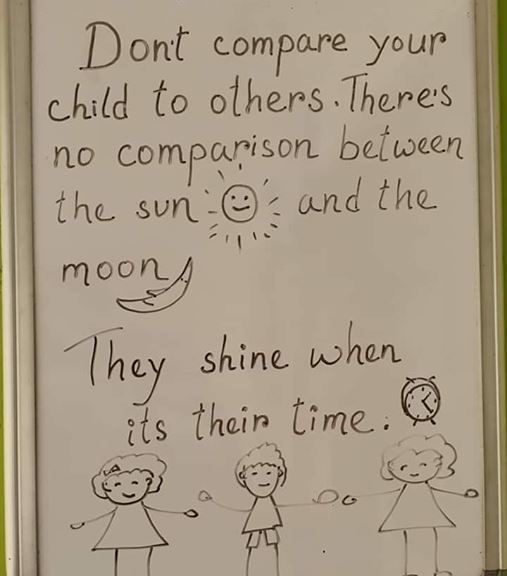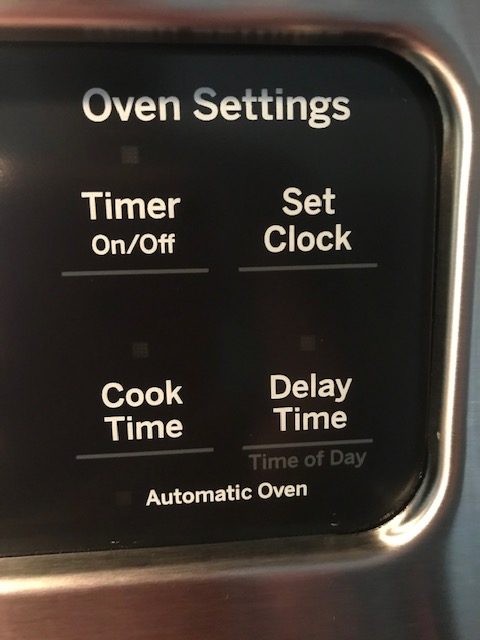
6 Ways to Help Motivate Your Elementary Student during Homeschooling
During a normal day at school, teachers implement small motivational activities in order to keep children focused to keep learning. Some of those are done as a whole class and some are done individually. Most incentives are positive; however don’t underestimate a child’s drive for something that means a lot to them. For example, Michael Jordan’s dad told him if he kept making wrong choices, he was going to take his sports away from him. That seemed to turn him around. We are all manipulated by those loves in our life. When using ideas such as these, be sure to follow through otherwise they won’t take the incentive to heart.
Give Breaks
The first great way to keep your child motivated is to let them take breaks. Sometimes it can be a 5 minute coloring session with soothing music. Another way to break is to have your student practice breathing during the pause in learning. Have them take slow breaths in and out while listening to soothing music or quiet. This is a great practice they can learn and use when they get older. In addition, have them stand in a room where they can walk sideways back and forth. If they aren’t interested in that, have them do jumping jacks. Not only do they have to use different body muscles than just walking straight ahead, but they are also adding oxygen to their blood giving them more energy. Sometimes I would give students working in resource a few minutes to play a fun educational video game with a timer set. Once the timer goes off, be sure to direct their focus back to their work. Remind them that they can earn additional time of fun by doing another chunk of focused work.

Work for Something Fun
Some students become motivated by an activity they can do when their work is completed. Since adults are motivated by their pay, use the same idea. Since this may be looked at as manipulating their child, some parents may feel a little uncomfortable. In response to that feeling, it is favorable to use small inexpensive items or special privileges. It’s a great way to help prompt your child in selecting the incentive. All kids have something they love from playing Barbie’s, video games, reading comic books, or just building with their Legos. By using any positive incentive can help steer a child towards positive behavior, especially during a difficult task such as writing. Having a fun reward for a job well done is a great positive way to sway your youngster.

Make Learning Enjoyable
As students learn sight words or counting by fractions, make learning fun for them during this homeschooling time. One way to spark amusement while learning is to include fun activities. When a child is practicing sight words, have them jump from tile to tile in the kitchen as they say the correct word. Another way to inspire their knowledge is to let them use the fun toys they already have. For instance, let them take a shot at a target with their Nerf bullets or better yet hit a balloon in the air trying to keep it from hitting the floor when they say a word or fraction correctly. This motivates them to do their best so they can include the play time. Any kind of movement helps in retention as well. By noticing or asking the teacher what type of learner your child accelerates from, kinesthetic, auditory, visual, or linguistic, add ways of learning to match their choice.

Use Pictures/Videos to Set the Stage
Seeing is believing. Set the stage by researching pictures or videos on the topics that they are learning through their zoom meetings or classroom discussions. This means you may have to do a little extra research and work. However letting students see one room school houses back in the day or the first space launch when studying these areas add to their retaining of the material. It excites and persuades them to ask “I wonder” questions. This in turn triggers children to become more interested to read more about a subject.

Play Beat the Clock
Simply putting a timer on to see how much work can get finished in a set amount of time can be fun for some children and increase their drive to learn. They enjoy being competitive with themselves and will put more effort and focus while finishing an assignment. When it comes to writing, some students don’t want to do the actual writing of their finished copy. By asking children to write a few sentences followed by a timed amount of minutes to sit and breathe may be helpful. Some students ask questions in order to side track and avoid the work. Simply have a pad of paper available to write down the questions to be answered when the assignment is complete. Once your student sees that you are focused on them completing their work, they will be more inclined to work for positive breaks in the form of rewards.

Learning to be Comfortable in Their Skin
Sometimes the word enjoyable means comfortable to students. This time can be used to show how to center your child and how they can feel comfortable. A way to help your student find their balance or the present moment is to have them lay on the floor putting a pillow on their belly. Have them take long breaths in and out as they watch the pillow move up and down. At this moment, they are focusing on their breathing and the pillow. As children grow, so does their mind. Their thoughts begin to spring forth and may need a lesson on how to find calm and peace. In addition, have them listen to soothing music and meditate. By merely sitting and focusing on music, they calm their nerves, minds, and thoughts.

All Students Need Help
As a resource teacher in special education for 7 years and a reading teacher for 10, I have seen the frustrations in students who struggle to achieve their goals. Most students no matter in resource or not need these strategies in order to be successful at school. Parents can be the helping hand that their children are looking for by taking time to implement these strategies previously mentioned. When adults look at their own routines used to work through a stressful time at work or home, they can understand and realize that their own kids can benefit from the same.